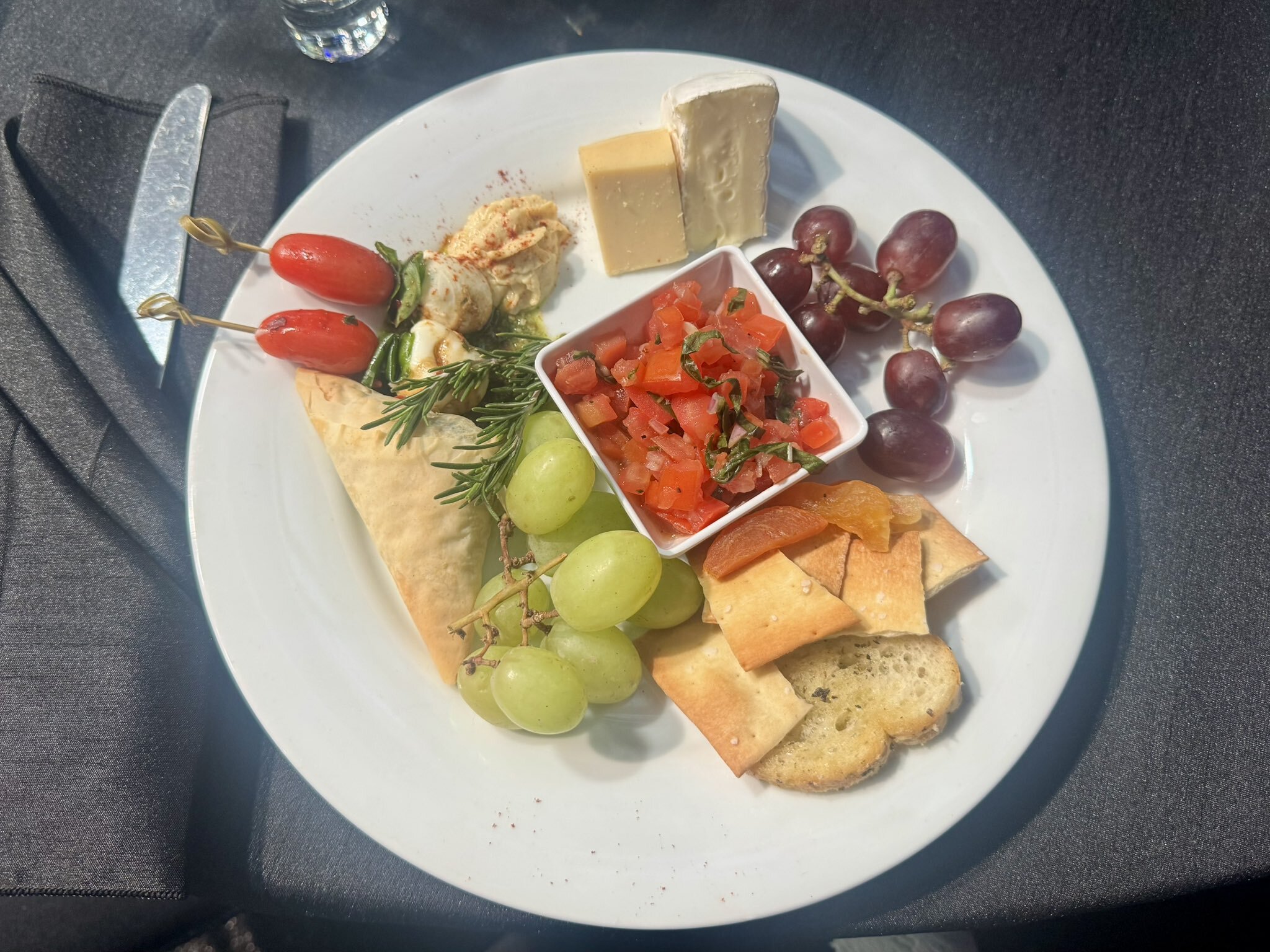Meringues sound like something only pastry chefs can whip up. Maybe it's the way they're spelled and pronounced but, for me, the prospect of making meringues used to make me quiver in my boots. And let's face it. They do have quite the reputation of being difficult and technical. It doesn't help that baking, in general, is quite a precise endeavour. It takes some practice and experience to build up enough confidence to approach it with flair and panache.
Over time, I've come to realise that if I follow the basic rules, meringues are quite simple. Essentially made of two primary ingredients, egg whites and sugar, there are as many ways to make them as there are to enjoy or use them. The flavour, colour and texture possibilities are endless, but I would recommend that creativity and experimentation with the method should be avoided. Today, we've put together everything you need to know about meringues if you're feeling technical. We also have a fool-proof recipe if you want to skip the learning curve and simply enjoy some meringues with your evening tea or coffee.
Also read: 15 Best Easy Dessert Recipes | Popular Dessert Recipes

What are meringues?
Meringues are essentially a mixture of stiffly beaten egg whites and sugar. These can be baked up into cookies or crisps, a pavlova, used to make a base for a meringue buttercream, add volume and airiness to a variety of baked goods like souffles and cakes. The possibilities, flavours and combinations are endless.
Is it difficult to make meringues?
The ingredient list and steps involved in making meringue are quite minimal and simple. But there are many factors which can cause failure in achieving the desired result. By keeping in mind a few guiding factors and a little practice (as well as common sense), you can master the art of meringue. And to be honest, you would be hard pressed to find a chef who hasn't failed at making meringue at some point.
Should meringues be soft, chewy, or crisp?
There are different styles, and a meringue could be crisp through and through or it could be crisp on the outside with a chewy centre. But it should never be soft. My personal preference is for the latter, crisp on the outside and slightly chewy on the inside. For chewier meringues, add a little cornflour to the mixture and bake it for a slightly shorter time so it doesn't dry out completely. For a crisper meringue, omit the cornflour and bake a little longer to dry out completely.
Why do we need acid in a meringue?
A little acid adds stability to the foamy egg whites. This can be added in the form of a pinch of cream of tartar, a little vinegar or lemon juice.
What makes meringues sticky?
The sugar in the meringues pull moisture from the air so it is important that the meringues cook and cool fully. Make sure you transfer them to an airtight container as soon as they are cool. Also, they generally fare better in drier weather.
Should meringues be refrigerated?
Refrigeration causes meringues to weep or become sticky. They are best stored at room temperature in an airtight container in a cool, dry place.
Now for the best part. We have a fool-proof recipe that requires no technical expertise, experience or even a fancy oven. No complicated ratios, no intricate techniques, and no delicate handling. Can you believe that two ingredients, an electric beater and a microwave is all you need to make a large batch of these meringue crisps in under 30 minutes? They're light, crisp, sugary, melt-in-your mouth treats. You can thank us later.
Also read: Macaron Versus Macaroon: What's the Difference?

Easy Microwave Meringue Recipe | How To Make Meringues in the Microwave
Begin by placing the egg white in a clean, glass bowl. Ensure that the glass bowl has no grease in it and that there are no flecks of yolk in the egg white. (You can use a few drops of vinegar or lemon juice on a kitchen towel to thoroughly wipe down the bowl and the beater to eliminate any remnants of grease). Another quick tip is to use the egg white at room temperature because cold eggs won't foam up that easily or that well.

Photo Credit: Praerna Kartha
Whisk the egg whites until foamy and doubled in volume. Don't worry about the consistency or how stiff the peaks are. This is a very forgiving version of the recipe. Sift the icing sugar into the egg whites in batches. Add a few tablespoons at a time and mix well between additions.

Photo Credit: Praerna Kartha

Photo Credit: Praerna Kartha
Add colour and flavour at this point if you like. This step is completely optional. If it becomes a little wet and sticky because of this addition, add a few more spoons of sugar until the consistency is restored.

Photo Credit: Praerna Kartha
Use a melon-baller or a teaspoon to scoop out equal portions of the dough and roll them into smooth balls. Line a large microwave-safe plate with kitchen tissue and place 3-5 of the balls on it, keeping at least 2 inches of space between each because they will puff up while cooking. Microwave them in batches on High/Full Power for 1 minute and 30 seconds per batch.

As soon as they are done, transfer them quickly and carefully to wire racks to cool completely. Store in an airtight container as soon as they are cool.

Enjoy these meringues with a strong cup of tea or coffee for instant gratification. If you have last minute guests, layer these up in pretty glasses with fresh fruit and whipped cream. Or click here for some more combinations you can try.
Click here for the detailed recipe. Try making these easy microwave meringues and let us know what you think in the comments.












